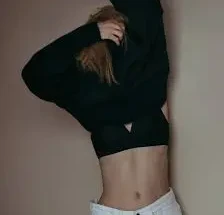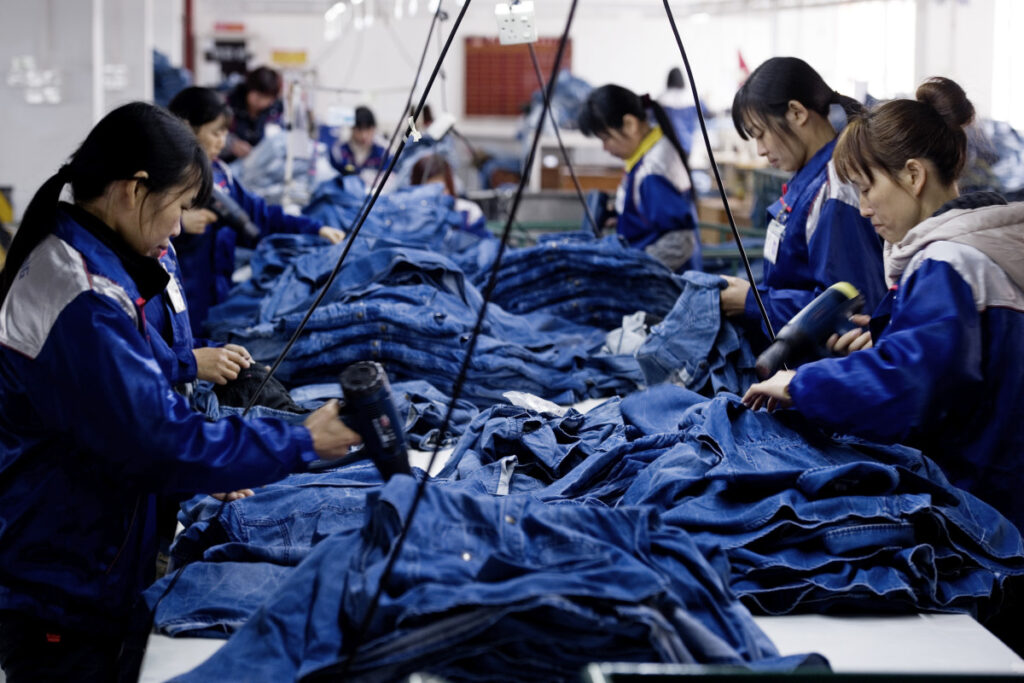
Fast fashion has revolutionized the way we shop, making trendy, affordable clothing more accessible than ever before. However, beneath the allure of low prices and constant new arrivals lies a darker side that affects not only the planet but also marginalized communities. The environmental and ethical concerns surrounding the fast fashion industry are vast, and its impact is far-reaching. In this article, we’ll explore the true cost of fast fashion, from its devastating effects on the environment to the exploitation of workers in developing countries.
What Is Fast Fashion?
Fast fashion refers to the rapid production of inexpensive clothing that mimics the latest runway trends. Designed to be produced quickly and cheaply, these clothes are often made from synthetic materials that are not durable, leading to frequent purchases and disposals. Companies in the fast fashion industry, such as Zara, H&M, and Shein, have perfected the art of quickly turning new designs into mass-produced garments that hit stores within weeks, sometimes even days.
This model promotes overconsumption, encouraging consumers to buy more than they need, often leading to disposable fashion that ends up in landfills. While these companies offer affordable prices, the environmental and ethical costs are much higher.
The Environmental Impact of Fast Fashion
Textile Waste: A Growing Crisis
One of the most significant environmental impacts of fast fashion is textile waste. According to the United Nations Environment Programme (UNEP), 92 million tons of textile waste are generated every year. Much of this waste comes from cheap, low-quality garments that are discarded after only a few wears. Due to their low cost and poor quality, fast fashion items are often disposed of after one season, contributing to the mounting problem of landfill waste.
The lifespan of a fast fashion garment is shockingly short. On average, a fast fashion item is worn just seven times before being discarded. This disposable culture not only wastes resources but also leads to an excessive demand for raw materials, including cotton, polyester, and other textiles.
Read Also: Top 5 Tech Gadgets You Didn’t Know You Needed in 2024
The Water Crisis: Fast Fashion’s Hidden Cost

Water usage in the fast fashion industry is another major environmental issue. The production of clothing requires vast amounts of water, particularly in the cotton industry. It takes around 2,700 liters of water to produce a single cotton T-shirt—that’s enough water for one person to drink for 2.5 years.
Additionally, textile dyeing is an extremely water-intensive process that often takes place in countries with limited water resources. The Aral Sea, once one of the largest bodies of water in the world, has dried up in part due to the excessive use of water for cotton production in neighboring countries. This is a direct consequence of fast fashion’s insatiable demand for cheap cotton.
Pollution and Chemical Use
Fast fashion also contributes significantly to pollution. The synthetic fibers used in many fast fashion items, such as polyester, are derived from petroleum, making them non-biodegradable. These fibers shed microplastics every time they are washed, contributing to the growing issue of ocean pollution. In fact, textile production is responsible for about 35% of microplastics in the ocean.
Furthermore, the use of toxic chemicals in the dyeing and finishing processes of textiles has devastating effects on the environment. Toxic dyes and chemicals often end up in rivers and lakes, contaminating local water supplies and harming ecosystems. Workers in these factories are often exposed to dangerous chemicals without proper protective equipment, leading to long-term health risks.
The Human Cost: Exploitation of Workers in Developing Countries

Sweatshops and Unsafe Working Conditions
While consumers enjoy affordable clothing, the workers who produce these garments often face exploitative conditions. The majority of fast fashion is produced in developing countries, such as Bangladesh, India, Vietnam, and China, where labor laws are weaker, and wages are often insufficient for a decent living. Factory workers are paid extremely low wages, sometimes as little as $3 a day, which is far below the minimum living wage.
Read Also: The History of Free Love: How the Sexual Revolution Shaped Modern Relationships
Many fast fashion brands outsource their production to factories in these countries to minimize costs, and the workers are often subjected to sweatshop conditions. These factories are overcrowded, poorly ventilated, and lack basic safety measures. Workers are required to work long hours, sometimes up to 16 hours a day, with little regard for their physical or mental well-being. This leads to physical exhaustion, injury, and even death, as seen in the 2013 Rana Plaza disaster in Bangladesh, where more than 1,100 workers were killed when a garment factory building collapsed.
Child Labor and Forced Labor
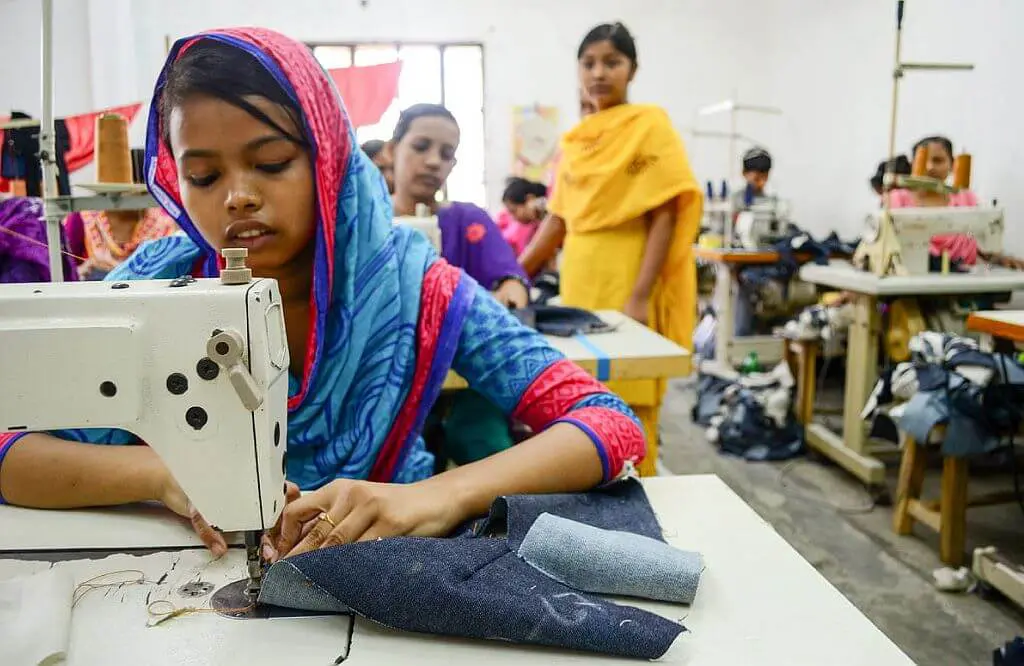
Child labor is another dark aspect of the fast fashion industry. In some countries, children as young as 6 years old are forced to work in garment factories under dangerous conditions. They are paid meager wages or are exploited through forced labor schemes. These children miss out on their education and childhood, trapped in a cycle of poverty.
In addition to child labor, forced labor is also a significant problem in the fast fashion supply chain. Workers, especially in countries with weak labor protections, are sometimes coerced into working under threat of violence or financial penalties. These workers have little to no bargaining power and are often trapped in abusive situations with no means of escape.
The Impact on Marginalized Communities
Environmental Racism: The Disproportionate Effects
Marginalized communities, particularly in developing nations, often bear the brunt of the environmental impact of fast fashion. As multinational companies continue to prioritize cheap labor and raw materials, the surrounding environments in these regions suffer. Communities in textile-producing areas often face poor air quality, contaminated water, and soil degradation as a result of industrial pollution. The long-term health effects on these populations are dire, leading to higher rates of respiratory diseases, skin conditions, and cancers.
Additionally, many of these communities have little political power or resources to fight back against environmental degradation. This is an example of environmental racism, where communities of color and low-income populations are disproportionately affected by environmental hazards.
Economic Exploitation of Workers
Marginalized workers in the fast fashion industry are often exploited economically. In countries with large informal economies, garment workers do not have the same labor rights and protections as those in the formal sector. This leaves them vulnerable to abuse and exploitation, with little recourse for seeking justice or improving their working conditions.
Read Also: How to Sell Your Products on Jumia: A Step-by-Step Guide
Women, who make up a large portion of the garment industry workforce, are particularly vulnerable to exploitation. In many regions, women face wage inequality, sexual harassment, and discrimination. Fast fashion companies often take advantage of this gender disparity, paying women less for the same work while denying them basic labor rights.
The Role of Consumers: How We Can Make a Difference
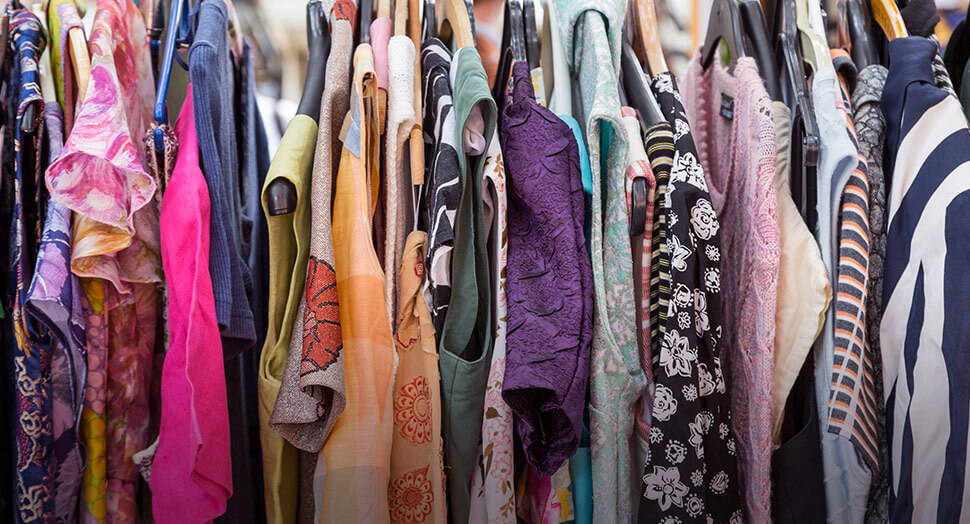
Shifting Our Buying Habits
The responsibility for fast fashion’s negative impact does not rest solely with the companies that produce the clothing. Consumers play a crucial role in perpetuating the demand for cheap, disposable fashion. By shifting our buying habits, we can reduce the demand for fast fashion and encourage brands to adopt more sustainable practices.
One of the most effective ways to combat the harms of fast fashion is to buy less and buy smarter. Instead of constantly purchasing trendy items that will soon go out of style, consider investing in high-quality, timeless pieces that will last longer. Thrift shopping and buying second-hand clothes is another great way to reduce your environmental footprint while supporting local businesses and sustainable practices.
Supporting Ethical Brands
Another way consumers can make a difference is by supporting ethical and sustainable fashion brands. These companies prioritize fair wages, safe working conditions, and eco-friendly materials. Brands like Patagonia, Reformation, and Everlane are examples of companies that are striving to make fashion more ethical and environmentally friendly. By choosing to support these brands, consumers can help shift the industry toward more sustainable practices.
Additionally, clothing rental services and clothing swaps are becoming more popular as alternatives to fast fashion. These services allow people to wear high-quality, fashionable clothing without the environmental and ethical costs associated with buying new garments.
Read Also: Recognizing Emotional Unavailability: How to Connect with Your Partner
The Path Forward: A More Sustainable Fashion Industry
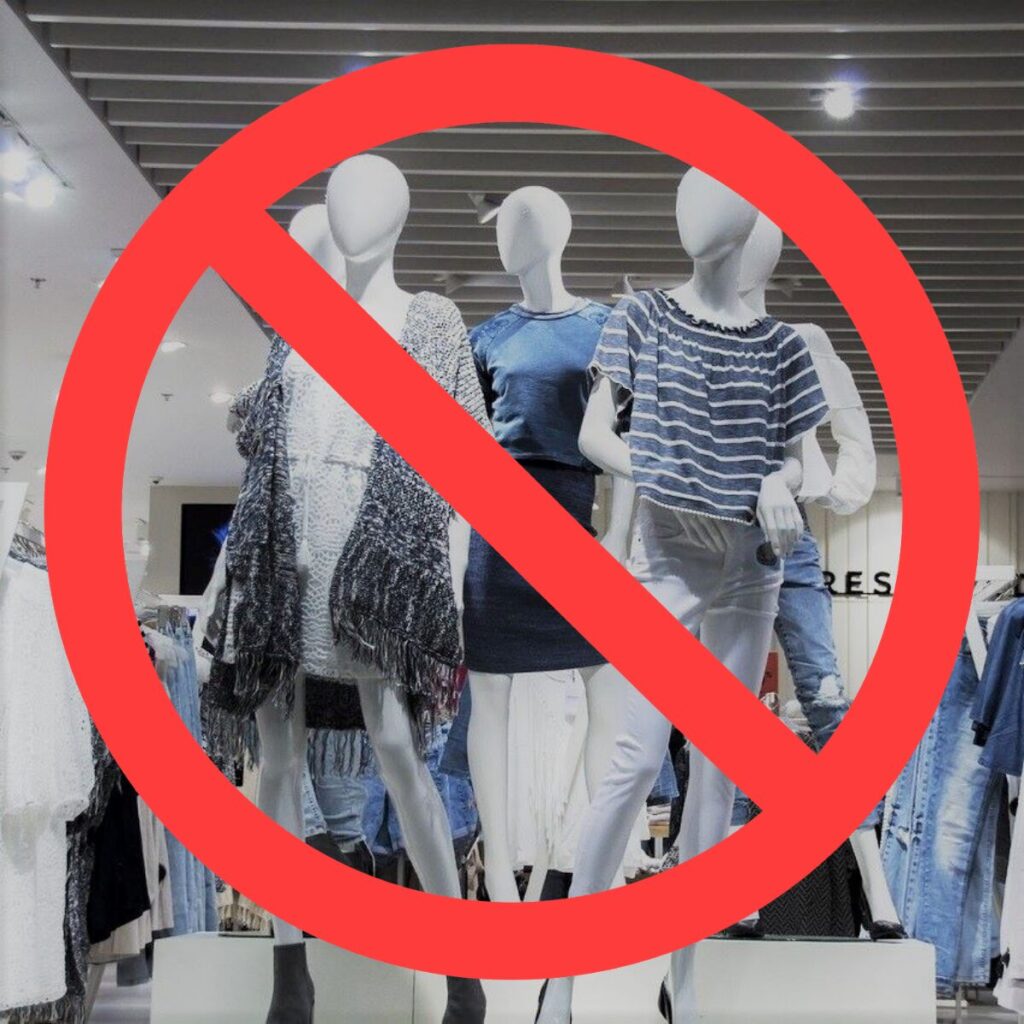
Circular Fashion and Recycling
Circular fashion is the future, with clothes designed for recycling or repurposing at the end of their life cycle. Companies are adopting sustainable practices, using recycled materials, reducing waste, and designing easily disassembled, reusable clothes. This helps reduce the environmental impact of fashion while keeping valuable resources in circulation.
Many fast fashion companies are starting to explore ways to recycle their clothing, such as H&M’s garment recycling program, which encourages customers to bring in old clothes for recycling. While this is a step in the right direction, the industry as a whole need to invest more in sustainable production and waste reduction to achieve long-term positive change.
Advocacy and Policy Change
Another important avenue for creating change in the fashion industry is advocacy and policy change. Governments can introduce legislation that requires companies to disclose their supply chain practices, ensuring that workers’ rights are protected and that environmental standards are met. The Fashion Revolution Movement and other grassroots organizations are pushing for greater transparency and accountability within the industry.
As consumers, we can also advocate for stronger environmental and labor protections by supporting campaigns and engaging with brands that prioritize sustainability.
Read Also: Should Men Have a Say in Women’s Reproductive Rights?
Conclusion: The Need for Change
Fast fashion may offer affordable, trendy clothing, but it comes at a high cost to both the planet and marginalized communities. The environmental destruction caused by textile waste, water pollution, and chemical use, along with the exploitation of workers in developing countries, highlights the urgent need for a more sustainable and ethical fashion industry.
By making more conscious choices as consumers, supporting ethical brands, and advocating for systemic change, we can help create a fashion industry that is both sustainable and just. It’s time for fashion to evolve—because the real cost of fast fashion is simply too high to ignore.
FAQs
1. What are the main environmental impacts of fast fashion?
Fast fashion contributes to textile waste, excessive water usage, pollution, and microplastic contamination, all of which harm the environment.
2. How does fast fashion exploit workers?
Fast fashion exploits workers through low wages, unsafe working conditions, long hours, and sometimes forced labor or child labor.
3. How can I reduce my environmental impact with fashion?
You can reduce your impact by buying less, choosing quality over quantity, supporting ethical brands, and buying second-hand clothing.
4. What is circular fashion?
Circular fashion is a model where clothes are designed for recycling or repurposing, reducing waste and environmental harm.
5. How can consumers influence the fashion industry?
Consumers can influence the industry by supporting sustainable brands, reducing consumption, and advocating for greater transparency and ethical practices.
